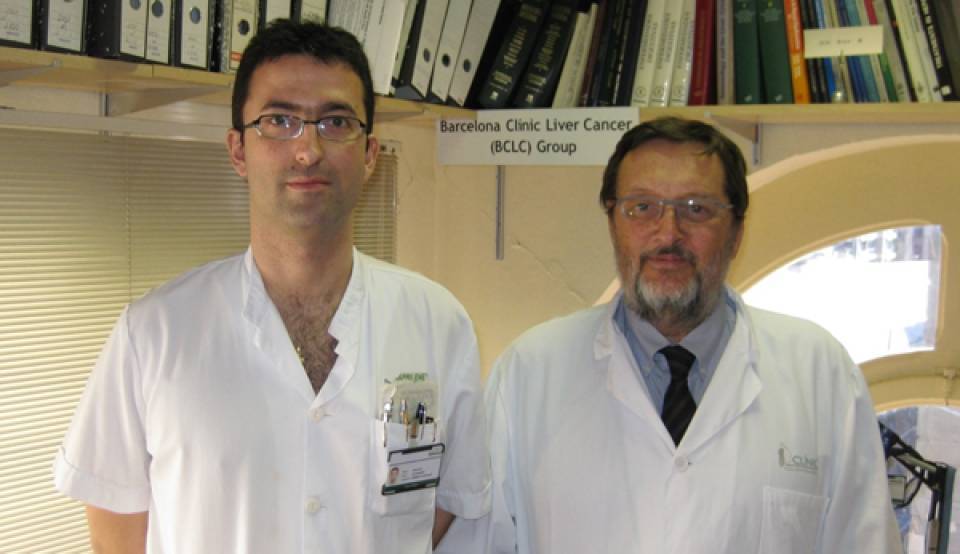According to the Seminar published in The Lancet, patients with cirrhosis are at highest risk of developing this malignant disease, and ultrasonography every 6 months is recommended. Surveillance with ultrasonography allows diagnosis at early stages when the tumour might be curable by resection, liver transplantation, or ablation, and 5-year survival higher than 50% can be achieved. Patients with small solitary tumours and very well preserved liver function are the best candidates for surgical resection. Liver transplantation is most beneficial for individuals who are not good candidates for resection, especially those within Milano criteria (solitary tumour =5 cm and up to three nodules =3 cm). Donor shortage greatly limits its applicability.
Percutaneous ablation is the most frequently used treatment but its effectiveness is limited by tumour size and localization. In asymptomatic patients with multifocal disease without vascular invasion or extrahepatic spread not amenable to curative treatments, chemoembolisation can provide survival benefit. Findings of randomised trials of sorafenib, directed from the IDIBAPS – Hospital Clínic of Barcelona team, have shown survival benefits for individuals with advanced hepatocellular carcinoma, suggesting that molecular-targeted therapies could be effective in this chemoresistant cancer. Research is active in the area of pathogenesis and treatment of hepatocellular carcinoma.

